2012.07.24 17:21
The Philadelphia School, deterritorialized
About a half mile into my exercise walk this morning, I looked up and was surprised to see the path abruptly end in a great mass of foliage. It's the same path I take everyday, basically walking through the woods along Pennypack creek, but today I was also deep in thought about what I read last night, and instinctively mostly looking down at the path for the occasional debris there since the last rain storm. In a truly uncanny way, immediately upon perceiving the path ending in a great mass of foliage, my mind told me I was suddenly in a whole different place; it was like waking up from a trance or something and finding myself in a whole other place I hadn't been before, but the sensation only lasted that initial second of perception. What happened is a substantial limb of a tree fell, probably yesterday during the heavy winds at dusk, directly down on the path, and luckily you could rather easily work your way around the obstacle. Subsequently, this little episode of deterritorialization changed the focus, so to speak, on what I was already thinking about, namely, Sam Rodell's "The influence of Robert Venturi on Louis Kahn."
Without ever expressly saying so, Rodell's "thesis" boils down to being very much about deterritorialization. There is the whole notion of Venturi influencing Kahn, a not-too-commonly held historical fact, yet a quite deterritorializing proposition if indeed true--it really shouldn't be so hard to believe that the servant space can have a significant influence on the served space as much as the served space can significantly influence the servant space, however. Yet there is also the notion that the evidence of Venturi's influence on Kahn is more circumstantial than substantial, a simultaneous 'there' and 'not there', again a quite deterritorialized state of being. It's not like "the jury's still out" though, because there is general agreement that Venturi would have inevitably had an influence on Kahn, but it is not all that easy, except in about three specific cases, to pinpoint exactly what the influences were.
Excerpts from the interview with historian David Brownlee:
DB: In any case, what happens in the late '50's is a more palpable historical reference. There is the peculiarity of what I call the Philadelphia corner--the plan form that is sucked in at the corner--the diagonal across the corner (refers to Kahn's Goldenberg house and Venturi's beach house). They are both '59. Now I have to say, on the face of it, this (Goldenberg) is a lot more sophisticated looking design. But that element of design is seen in Mitchell Giurgola's work, and in Vreeland's work. That's a vocabulary that has gone around--it pops up in Kahn's work at this time--Kahn's dorm at Bryn Mawr, and the Richards Medical Building has it sort of implicitly--you enter off the diagonal of a corner…
SR: You see this corner treatment as something specifically about the Philadelphia School?
DB: I do. It all appears about the same time?
SR: Do you think anyone can be identified as being responsible for it? Does Venturi have a hand in it?
DB: I don't know. One of the things I would venture is to say that a more established architect like Kahn--with a formal vocabulary already established--may not be the place where you look for such provocative innovation. It certainly happens--but it is a teasing sort of thing. And another formal trait I see coming in at this time are, what I call another Philadelphia School trait, the big chimneys. They pop up out of the skyline in everybody's work about this time. Those would be places I would look for anything you can in terms of concretely dating 'who does what first.' I have found nothing written that acknowledges or even suggests that kind of influence between the two, having worked through the papers of both. There is not much to go on--Kahn, I think, writes a letter of recommendation for Rome. But that's about it. It has always been said that after the '60s Kahn expressed verbally his respect for Venturi, but said he was unwilling to 'go that far.' He did not follow Venturi's interest into Pop culture. Or, you know, large graphics. Or into the vocabulary of commerce and the strip. And fundamentally, I think, continued to believe in abstraction. He did not believe that buildings required words or intelligible historical references in order to be meaningful. At one point, he said that he 'liked ruins because in ruins the architectural forms had been detached from associated use." They had no denotative meaning left with them anymore, and in that sense continued to be an abstractionist, a modernist of that kind. The things that I see that I can plausibly say are the contributions are some of those stylistic--I won't call them quirks, but they are stylish bits and pieces--and within that, the broader acceptance of things that people could call 'historical' in his work. Now mind you, he was almost always hostile to the notion that anything he did had specific historical references. His willingness to talk about his fondness for history generally, and to speak admiringly of medieval and ancient buildings, never allowed you to draw a connection (that was pretty obvious) between these historical precedents and his work. Whereas Venturi, of course, was underlining that connection wherever possible. Certainly, the younger man's rhetorical style, in using those forms, did not rub off on Kahn at all. But I think the case is plausible that in the period of '54 to '58, as the Philadelphia School was coming together, that some of the distinctive features of it were created by people other than Louis Kahn--although Kahn gets to be their Guru.
Later...
DB: I find it hard to think of Kahn as a mannerist. But I… Maybe the Goldenberg house, which is almost unique; right where you expect the corner to be, there is nothing. [The corner deterritorialized!?]
And from the interview with Robert Venturi and Denise Scott Brown:
SR: Dr. Brownlee was talking about a couple of things he thinks of as being characteristic of the 'Philadelphia School.' One: big chimneys. The other: what he calls the 'Philadelphia corner.' The latter, I think he may have written about--how various architectural historical approaches 'solve the corner problem.' Is that ringing any bells for you?
RV: What does he mean by the corner? Big chimney--actually I think I may have possibly been influenced by Kahn to some extent, but I don't think he ever had a chimney like that. My beach house project, with its big high chimney--never built---horrified Vince Scully. But then also fascinated him at the same time.
DSB: You know, the diagonal was very much Philadelphia School.
RV: Yes. The diagonal. That's right, that diagonal. That, I got from Louis Kahn.
DSB: Well, I know where Lou Kahn got it. He got it from Team Ten. You know, in Europe, there was a lot of thinking about diagonals at that point. Lou had more influence from Team Ten earlier than has been generally recognized. I think I discovered how that happened, too. But that's another story. You know, the conference in Amsterdam in '59 he met Blag Valenca and Aldo Van Eyck. That's how Aldo Van Eyck eventually wound up coming to Penn. [The diagonal reterritorialized!?]
Note to self:
Don't forget Dr. David Brownlee's skillful deterritorialization of mid-century 'context'.
By the end of my walk I started to wonder whether anyone [else] is thinking about who subsequent to Venturi may have had an influence on him. Prime candidates, of course, are Denise Scott Brown and Steven Izenour, but maybe also Friday Architects or Kieran/Timberlake. Alas, who knows?
And after I took a shower, I thought about Scott Brown's first association with Venturi and Rauch, the competition for a Monumental Fountain on the Benjamin Franklin Parkway (1964).
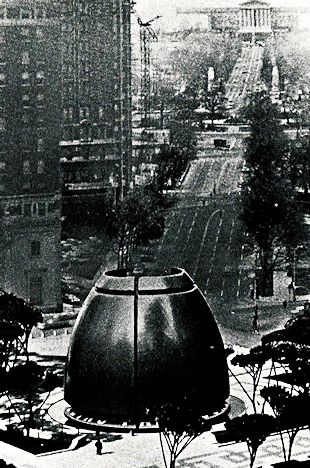 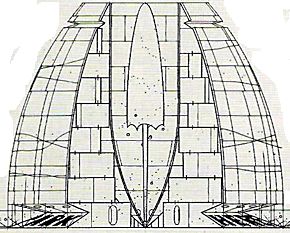
Here we have an enormous egg, cracked open by a very long diagonal(!) axis with a giant jet-stream gushing inside.
Yesterday was Venturi and Scott Brown's 45th wedding anniversary.
| |
2012.07.24 13:15
Thread Central
Yes, when I wrote last week about Venturi now being retired, I knew it had to be recent news, but I didn't know it was breaking news.
2012.07.19
Cat's away, mice will play or Mom goes eclectic
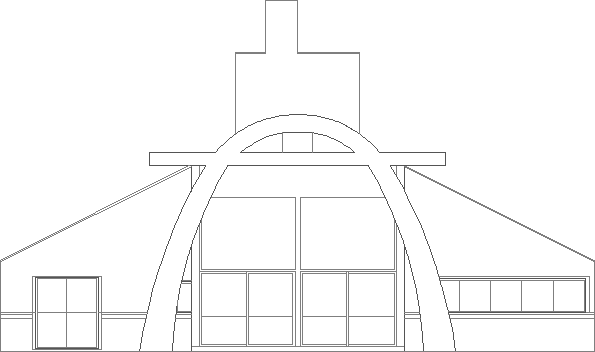
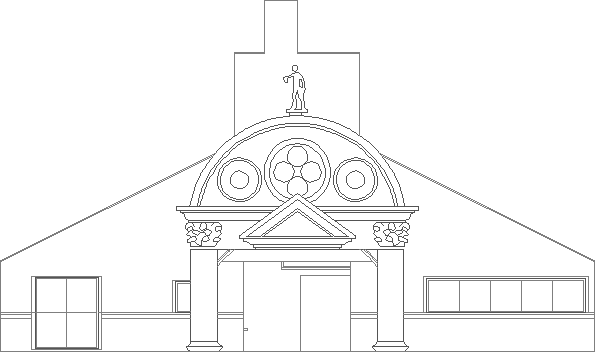
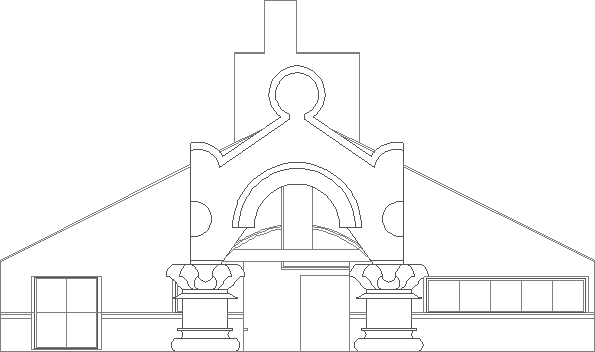
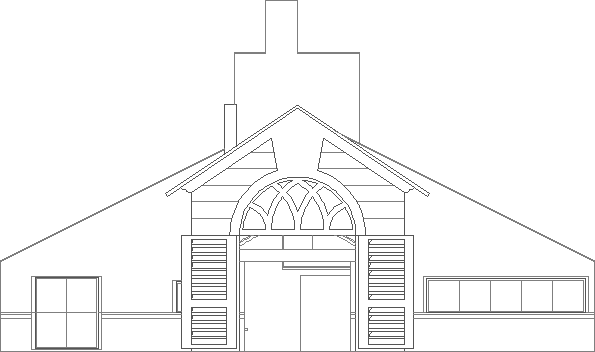
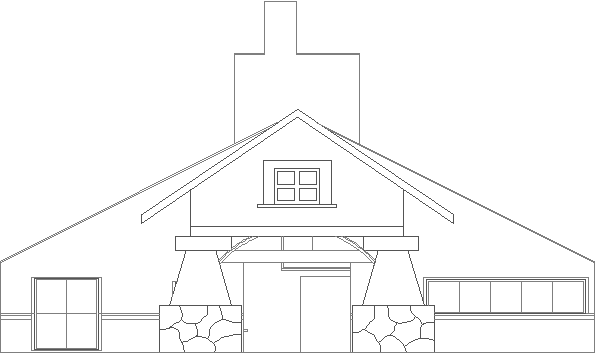
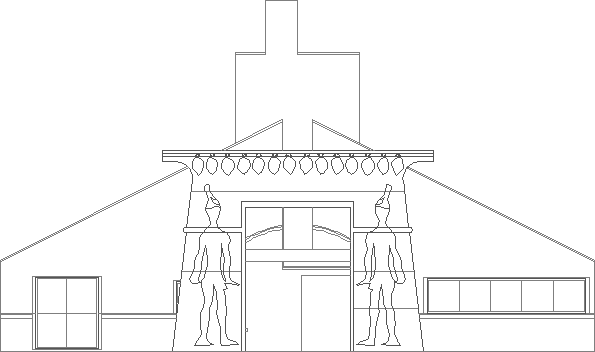
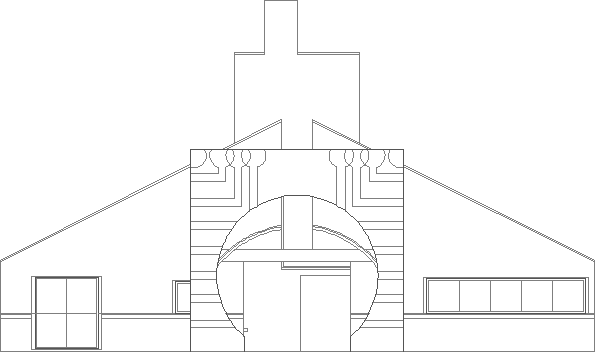
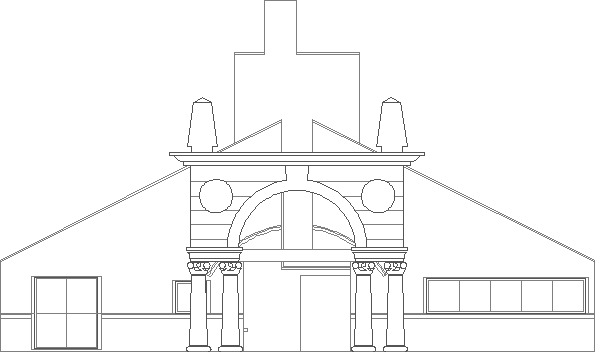
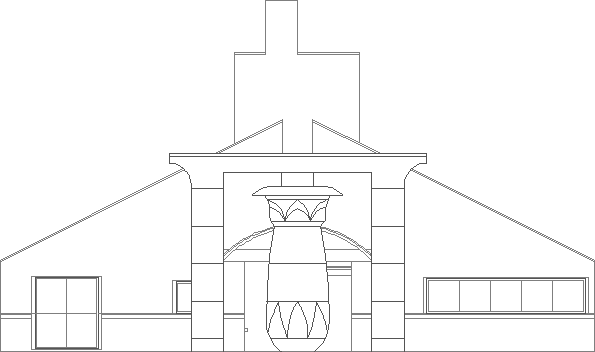
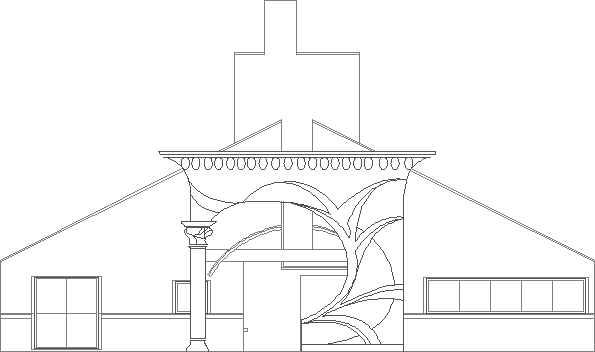
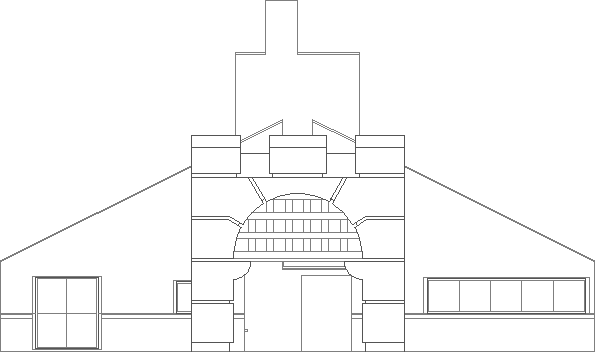
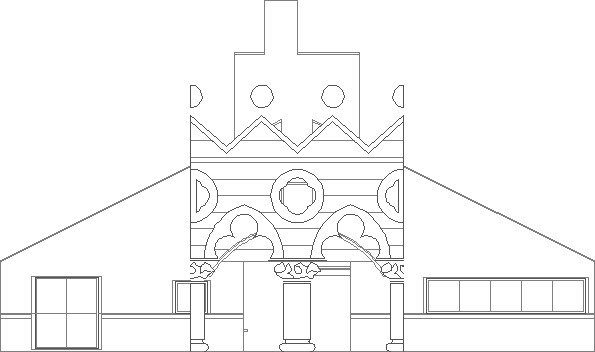
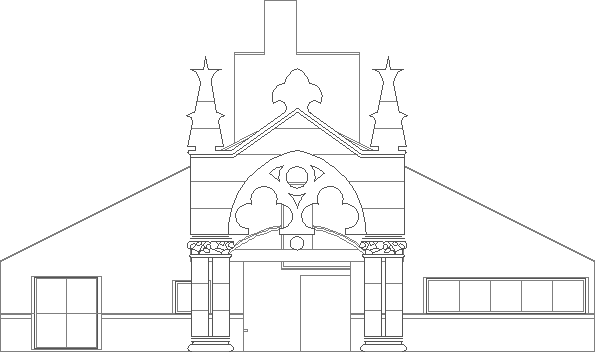
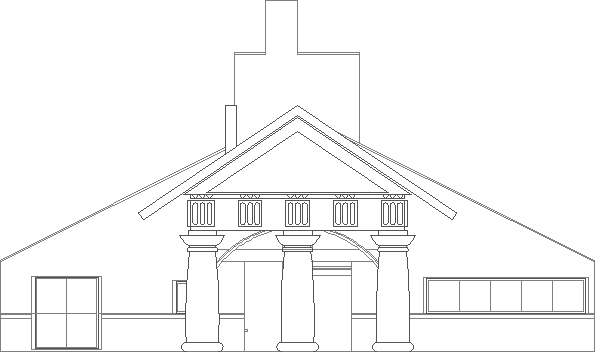
| |
2012.07.18 19:04
The Philadelphia School, deterritorialized
I just went to vsba.com and found out that Robert Venturi is now retired from practice and Denise Scott Brown is remaining busy publishing and exhibiting her work. Now see venturiscottbrown.org.
I'm sitting here feeling a very real deterritorialization.
2012.07.18 15:45
The Philadelphia School, deterritorialized
As I found out yesterday, Architecture on the Edge of Post Modernism: Collected Essays 1964-1988 (2009) is one of the very few books (if not the only book) on architecture where the term 'Philadelphia School' is used on more than a few separate occasions--six times to be precise, but further reference to the architects of the so-called Philadelphia School implicitly expands the number of citations. In one sense, this shows the relative obscurity of the notion of a Philadelphia School, yet, at the same time, it is not surprising that Stern is the one to have often written about it. As the editor of Perspecta 9/10--a book I often heard referred to as "the Bible" while I attended architecture school in Philadelphia in the mid-1970s--Stern did much to expand the distinction of the Philadelphia School. For example, without Perspecta 9/10 in early 1965 there very likely would not have been Zodiac 17 in 1967.
It may well be that the first time the name Robert Stern appeared within a published architectural text is on the first two pages and the second to last page of Vincent Scully's Louis I. Kahn (1962):
"Much material for them was gathered by Thomas R. Vreeland, Jr., of Philadelphia, a graduate of Yale, who was employed in Kahn's office for a number of years, and they have been completed and rearranged under my direction by Robert A. M. Stern, a graduate student at Yale, whose developing study of the life and times of George Howe, a close associate of Kahn's, has aided me immeasurably in this book."
"But the researches of Banham and, more recently, of Stern, now force us to recognize the tenacious solidity of much of its academic theory, as distilled from Viollet-le-Duc and others by Choisy, Guadet, and Moore."
Auguste Choisy, Histoire de l'Architecture, Paris, 1899. We are indebted to Reyner Banham, in his Theory and Design in the First Machine Age, New York, 1960, for insisting upon the general significance of Choisy in modern architectural theory. A related theme has been treated by Robert Stern in his article on George Howe's academic background, "P.S.F.S.: Beaux-Arts Theory and Rational Expressionism," to be published in the Journal of the Society of Architectural Historians in 1962, along with William Jordy's discussion of the same building as a monument of the International Style.
The last paragraph of "P.S.F.S.: Beaux-Arts Theory and Rational Expressionism" reads:
Louis I. Kahn, in many ways a spiritual successor to George Howe, seems to understand, better than any architect alive today, the Beaux-Arts theories of architecture. These he learned from Paul Cret [It was Esther Israeli Kahn who surprisingly told us in 1975 that our architecture school was actually within a 1920s office building designed by Paul Cret.] and from his years of association with Howe. In his actual building Kahn has not always been able to find suitable expressions for his theoretical convictions, and his growth has been slow. But it seems fitting that today it is Kahn who speaks for an architecture of 'meaningful form' and 'meaningful spaces', an architecture which seeks to use what Howe called 'imaginative gifts', for what he also called a 'penetration of the meaning of things.' Furness, Cret, Howe, and Kahn perhaps constitute a Philadelphia School, one based upon principles other than those of simple parochialism or regionalism. In their architecture of imagination and intellect PSFS will always hold a central and honorable place.55
55. Jan C. Rowan's application of the term 'Philadelphia School' to the architects currently practicing and studying in that city seems to me a bit premature. See Progressive Architecture XLII (April 1961).
Apparently, what happened between 1962 and early 1965 is that Venturi and Giurgola, specifically, accumulated a body of both theory and design work which Stern featured prominently within Perspecta 9/10.
|